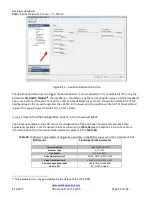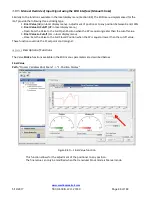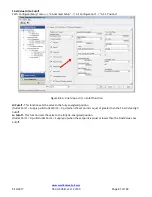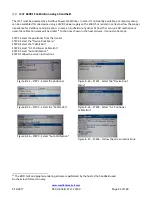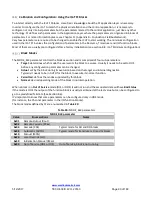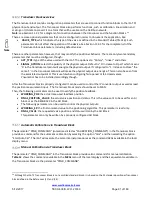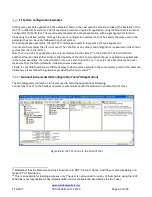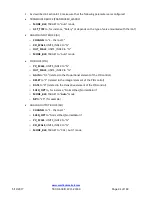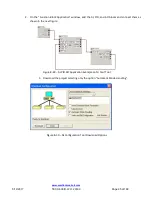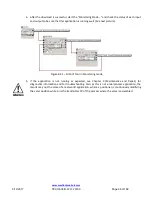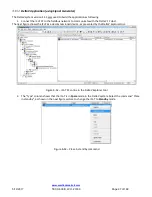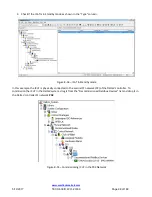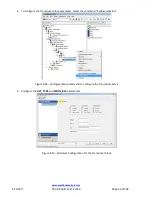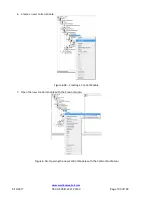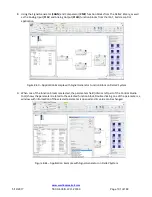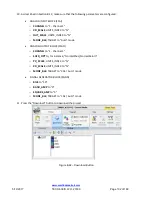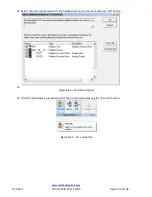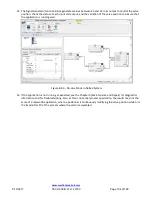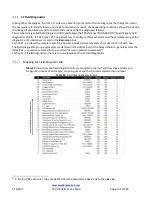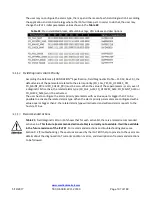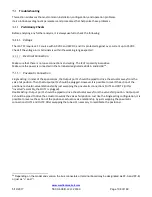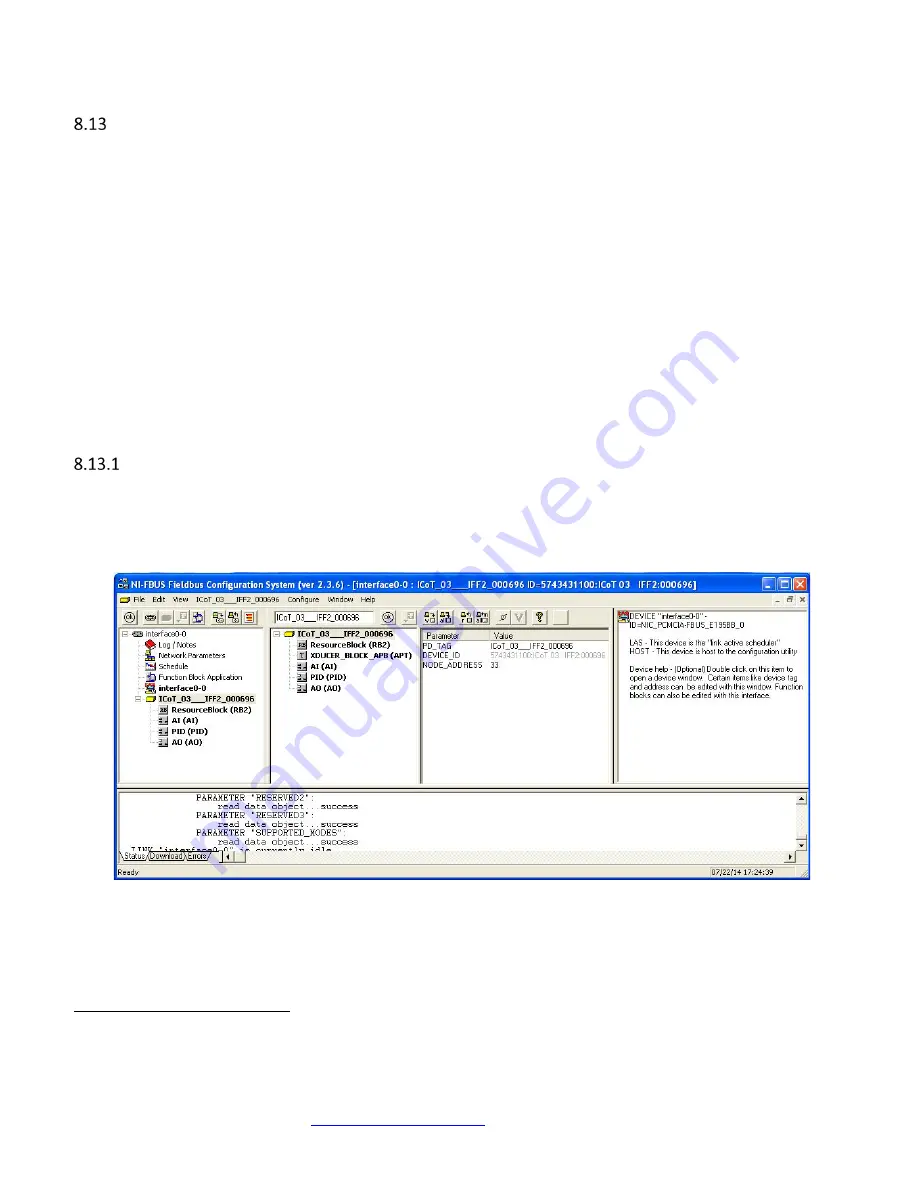
5/12/2017
TECH-538/D.W.O. 23160
Page 93 of 189
FF System Configuration Examples
Among many possible applications, the examples shown in the next sections provide an idea of the flexibility of the
ICoT FF in different FF systems. The first example presents a simple PID application using the National Instruments
Configurator (NI Conf) tool. The second example presents a simple application with a signal generator function
block using the DeltaV system. Although the user’s configuration system may not be exactly the same used in the
examples they can be easily followed in any host system.
On both application examples, the ICoT FF’s PID block are used to represent a CIF-type application.
In some control systems the CIF is not used. Then the PID, or any other control algorithm, is executed in the control
system and not in the ICoT FF.
Note that, in an ICoT FF application, the only mandatory function block
is the AO block. The AI and PID are
additional function blocks that enhance the flexibility of the ICoT to accomplish the user application requirements.
In the follow examples, the initial condition is to use a brand new ICoT or, in case it’s not a brand new positioner,
make sure that the factory defaults initialization was executed.
Finally, it’s possible that there are different ways to do the same example in the same systems used in this example.
Ultimately, please follow the guidelines provided by the host vendor
National Instruments (NI) Configuration Tool (PID Application)
The NI Configurator tool version 2.3.6 was used to build the application as following:
Connect the ICoT FF to the fieldbus network to communicate with the National Instrument (NI) FF Host.
Figure 8-48– ICoT FF on line in the NI Conf Tool
25
Remember that the Resource and the Transducer are NOT “function” blocks. And they are also mandatory in a
typical FF H1 field device.
26
This is an example for learning purposes only. The user is not required to run any of them before using the ICoT.
Westlock is not responsible for any implementation and or configuration executed by the ICoT user.







